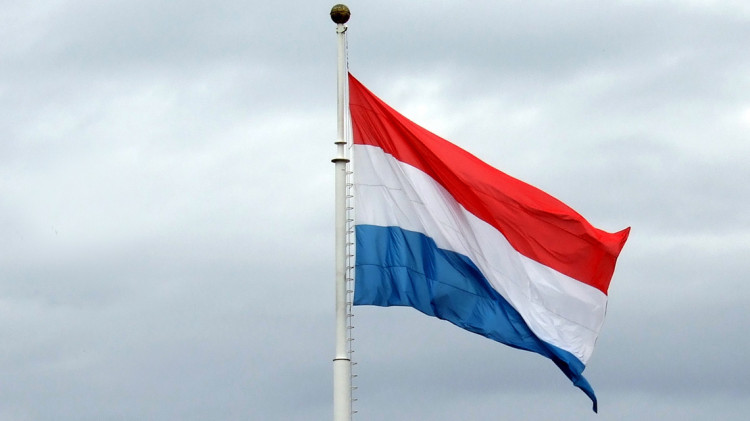An International Atomic Energy Agency (IAEA) team of experts said Luxembourg is committed to strengthening its regulatory framework for radiation safety while also noting areas for potential enhancements, such as increasing the independence of its regulatory body.
The Integrated Regulatory Review Service (IRRS) team today concluded a 10-day mission to assess the regulatory safety framework in Luxembourg. The mission was conducted at the request of the Government and hosted by the National Health Directorate of the Ministry of Health’s Department of Radiation Protection (DRP), which is responsible for regulatory oversight in the country.
Using IAEA safety standards and international good practices, IRRS missions are designed to strengthen the effectiveness of the national nuclear regulatory infrastructure, while recognizing the responsibility of each country to ensure nuclear and radiation safety.
“Luxembourg has demonstrated commitment to nuclear and radiation safety and regulatory oversight by hosting its first IRRS mission,” said team leader Isabel Villanueva Delgado, Head of Cabinet of the General Secretary of Spain’s Nuclear Safety Council. “The country takes the responsibility for strengthening radiation safety seriously, but it needs to improve regulatory independence and its national regulatory framework to make it more efficient and effective.”
Luxembourg uses radiation sources in medical and industrial applications, as well as in science and research.
“The IRRS mission has given us the opportunity for intensive and constructive discussions with senior experts coming from all over the world,” said Minister of Health Lydia Mutsch. “To receive an unbiased view from outside at a time when we are carrying out a complete update of our legal framework on radiation protection helps us to ensure compliance with international standards.”
The IRRS review covered areas including: responsibilities and functions of the Government and of the regulatory body DRP; the global nuclear safety regime; DRP’s management system and activities, including authorization, review and assessment, inspection and enforcement processes; development and content of regulations and guides; emergency preparedness and response; and occupational radiation protection, patient protection, transport and security. Relations between DRP and licensees were also discussed.
The 10-member IRRS team comprised senior nuclear and radiation safety experts from Brazil, Canada, Finland, France, Greece, Italy, the Netherlands, Spain and two IAEA staff members.
The team observed regulatory activities and visited hospitals, a customs office and a civil protection operation centre. Team representatives met with the Minister of Health, National Health Directorate Deputy Directors and the Deputy Head of the High Commission on National Protection.
“Luxembourg was well prepared to receive this IRRS mission,” said Peter Johnston, Director of IAEA’s Division of Radiation, Transport and Waste Safety. “The mission should help DRP in effectively delivering on its commitments to continuously improve radiation safety and to protect the people of Luxembourg.”
The team identified good practices, including Luxembourg’s active participation in international activities for the enhancement of the global safety regime and its work related to national emergency preparedness and response.
The team provided recommendations and suggestions for further regulatory enhancements, including:
- The Government should establish a national policy and strategy for safety.
- The Government should define the functions and responsibilities of the regulatory body within the legal framework and establish mechanisms to ensure its independence.
- The Government should provide DRP with the authority to issue technical requirements and guidance for the implementation of regulations.
- DRP should establish an integrated management system, including a policy document, human resources plan and technical guides and procedures.
- DRP should formalize its interaction with authorized parties and implement an inspection programme for all facilities and activities.
- The Government and DRP should revise the legal and regulatory framework for medical and occupational exposure control in line with relevant IAEA safety standards.
The final mission report will be provided to the Government in about three months. The Government plans to make the report public.


